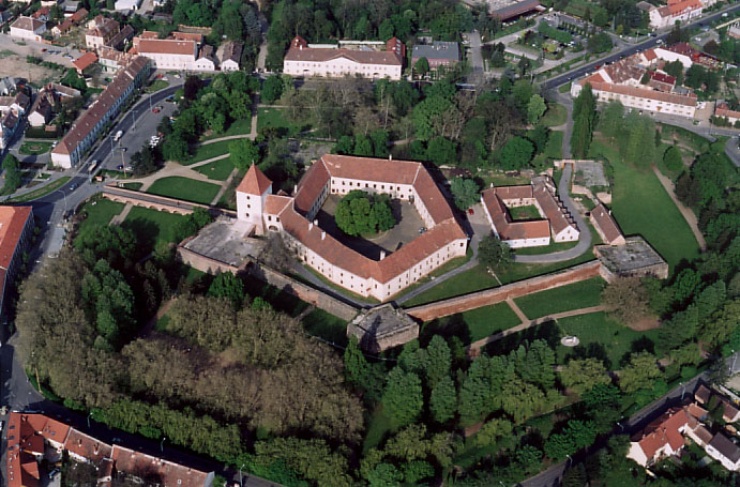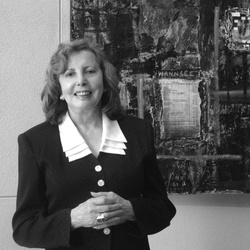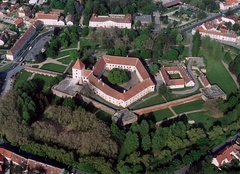Sarvar
Pronounced "Shar-var" (German: Klein Zell, Slovene: Mala Sela)
Historical evidence points to an early Jewish community of about 400 people living in Sárvár as early as the 1400s. However, all Jews were forced to leave in 1526.
By the early 1700s a new Jewish community began to establish itself, though the population remained minimal until 1867 when Jews in the Austro-Hungarian Empire were finally granted equal rights as citizens. In the late 1800s many Jews who came to the town worked in a local sugar factory. Other places of employment included a brick factory and a cheese and butter factory.
An Orthodox Jewish community was founded in Sárvár in 1805 with 28 members. Forty-five years later, the community established a Jewish elementary school, which along with the Chevra Kaddisha burial society, women’s and girls’ associations, and Malbis Arumin organization to care for the poor, contributed to a robust Jewish community.
In the mid-1800s the community split between those who preferred the more modern, Reform branch of Judaism, and those who maintained traditional Orthodox practices. The Orthodox branch was the larger of the two with about 450 members. It kept guardianship of the Jewish school and cemetery, while the Reform group kept the existing Malom Street Temple. In 1882 the Orthodox branch began construction of a new synagogue.
At the outbreak of World War I in 1914 both Jewish and Christian men were called to the battlefield. Twenty-six Jews from Sárvár fought for the Austrian Empire.
The end of the war brought numerous societal changes as the Austro-Hungarian Empire was dissolved and—after a brief experiment as a Communist republic—a conservative, authoritarian government was established in its place. This government would rule over Hungary from 1919 until the Nazi invasion of March 1944.
Survivor Alice Cahana remembered that by the time of her childhood in the 1930s, a third, smaller synagogue, the bet ha-midrash, had been built in the community. She remembered how her grandfather “was elected every year to be the [Jewish] community leader” and would take care of the orphans in the town and regularly host the local rabbi for lunch.
Even before the German army crossed the Hungarian border in March 1944, the Hungarian government was heavily influenced by Nazi Germany. A series of race laws placed severe restrictions on Jewish life and removed Jews’ status as equal citizens.
Despite this, Cahana remembered that “we just were not prepared for anything so brutal.” She continued, “We did not know that anything horrible can happen to us. For me, it felt that our family lived in this town forever. Everybody knew us… there was an order that I never thought could be broken.” Cahana remembered her grandfather saying, “‘Look, maybe it happens in Poland, in Czechoslovakia, but Hungary is civilized. We are very good taxpayers. They need us here. It will not happen.’”
Cahana’s “community-oriented family” was one of many from Sárvár destroyed in the Holocaust.
Sarvar: Photographs & Artifacts
-
 Aerial view of the Nádasdy Castle in Sárvár. The town's name means "mud castle" in Hungarian. © Civertan Grafikai Stúdió / Wikimedia Commons / CC-BY-SA-2.5
Aerial view of the Nádasdy Castle in Sárvár. The town's name means "mud castle" in Hungarian. © Civertan Grafikai Stúdió / Wikimedia Commons / CC-BY-SA-2.5
Destroyed Communities Memorial Slope
Sarvar: Survivors

The next morning they took us to the railroad station. Marching through our town was like a scene out of the Bible, from ancient times. I could not tell you the humiliation I felt, carrying our baggage, passing our house, looking into our window, seeing the people who occupied our house looking at us and nobody stopping. They marched us to the railroad. Nobody said, 'Come on, you cannot do it.'
